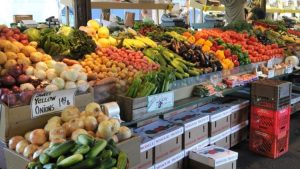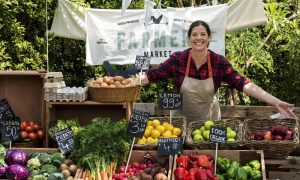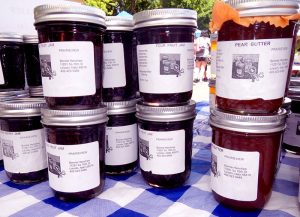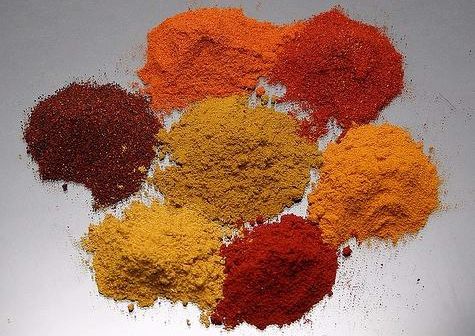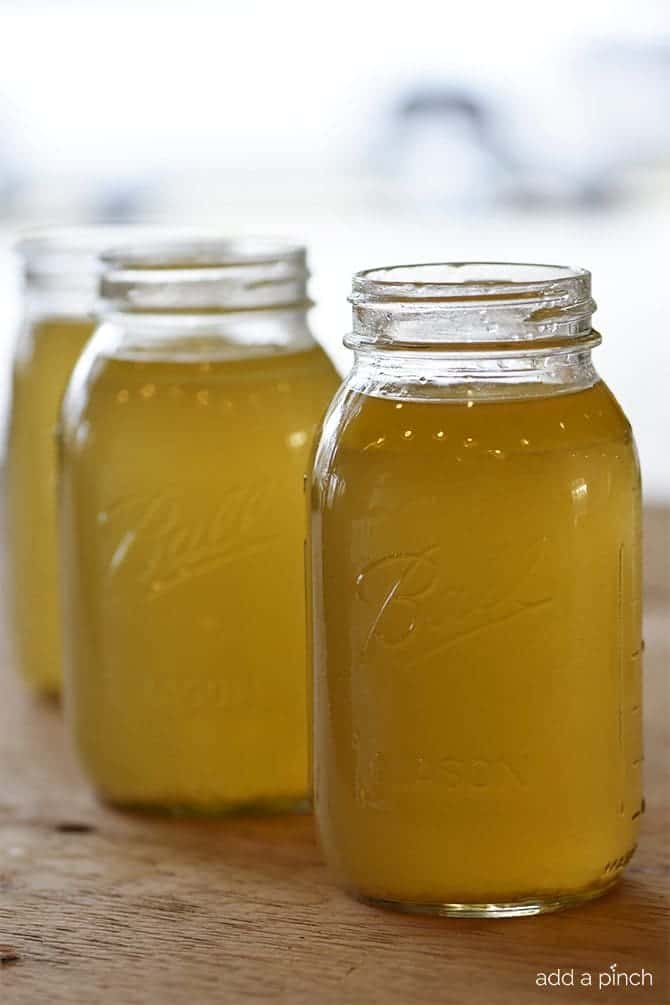If you haven’t already been to your local farmers market, it’s still a great time to enjoy the experience of buying food the way we always should. No plastic wrap or boxed goods. Just plenty of fresh food, much of it direct from the people who grew it or raised it.
But if you don’t go to the markets very often, you might be a little intimidated by the experience. So, here are some tips for shopping at the local farmers market.
Go Early If You Can
You should get to the market within the first hour after it opens if you can. So, if the market begins at 6:00 a.m., you should get there before 7:00. You may find that some stands are not yet open or are just being set up and stocked. But that’s okay. There will be plenty of vendors ready to go. The goal here is to beat the tourists and, as they say in the real estate business, looky-loos. There’s nothing more frustrating than making your way steadily down an aisle only to run smack into the back of a group of tourists who’ve suddenly stopped.
There is a school of thought that if you can’t go early then you should go in the mid-to-late afternoon. The reasoning behind this is that vendors may well lower prices toward the end of the day to get rid of their stock. While this may be true, it also means less selection.
Bring Bags And Cash
Many, maybe most, stands will not take credit cards. Some, at the permanent markets, will take the EBT or Food Stamp cards. Many markets have ATM machines for cash, but be prepared to pay high fees for the service.
Leave Kids And Pets At Home
Many farmers’ markets are held outdoors in the summertime. It may seem like a fun outing for you and your dog. But farmers markets are often very crowded, which may frighten your pet. Also, some markets are indoors and do not allow anything but service animals inside. You should look at this as a serious shopping trip, not a weekend excursion.
The same thinking would apply to a child. An infant being held is usually okay. But a toddler in a stroller just gets in the way, not just yours, but your fellow shoppers as well. If you can, leave the kids at home until they are old enough to actually help in the shopping. If you’re looking for a family experience, perhaps you should try for the less crowded venues.
Look Around, Compare Prices and Quality
Like any good combat operation, you need to learn the lay of the land. Pick a starting point and then do a complete walk-through. Keep an eye on the prices for items you think you want to buy. You could well find a big difference between vendors. So, don’t buy until you’ve determined there’s not a better deal available. It’s unlikely the vendors will run out during the time you’re looking around. You might even bring a small notebook and a pen to make notes. Most stalls are numbered so you can find the right one on your second pass.
You’ll be tempted to buy the lowest price, but beware. Vendors often have been doing this for many years and they know the difference between a serious, regular shopper and a tourist. They also know how to hide bad items. This is particularly true with goods that are already packaged or wrapped.
Talk to the Vendors
Look for things that are unfamiliar and ask the vendors about them. They can give you lots of information about the item, how to cook it and how to select a good one. Often, you can trust them to select for you. You know you’ve got a good vendor when they ask you questions about what and when you’re going to prepare the food. Vendors are usually happy to help you and offer recommendations.
Approach Haggling With Caution
There are some markets where this is encouraged, but most of the markets in the U.S. do not. Prices are set and displayed. They may change throughout the day, but that’s up to the vendor. These people have worked hard to bring this food to you. They deserve a decent price for their labor. If you think the price is high, move on to another vendor. However, toward the end of the day, some vendors might be willing to strike deals just to avoid taking their inventory back home. If you have a knack for negotiating, you can give it a try, but don’t be surprised to be rejected.
Look Beyond the Veggies
You should notice that vegetables are always cheaper than fruit. That’s usually because the shelf life of fruit is generally shorter than that of vegetables. Also, fruit is often harder to harvest.
But you should also look at the other vendors in the market. Often, there are flea market type stalls selling shirts, caps, sunglasses, homemade soap and custom incense. There are also snack vendors. That’s why I suggest you go before eating breakfast. You’ll find plenty of tempting goodies that will make a great morning meal. Many will have baked goods, some of them homemade. Usually, there are a few meat vendors, many offering meats you won’t find in the supermarket meat case, like rabbit, venison, elk and goat. Sometimes there are dairy vendors, especially with cheese. Usually these are homemade and of excellent quality. Poultry vendors will often have fresh eggs available. And because these are from small farmers, they’re unlikely to be contaminated with any food-born illness. If your market has a fish monger, you’re really in luck. The key to fresh fish is the smell, and you can’t get that in the supermarket’s freezer section.
So, take the opportunity to explore your local farmers market. Try something you haven’t tried before. Talk to vendors. And look at more than just produce. These tips will help you have a wonderful experience at the market.

